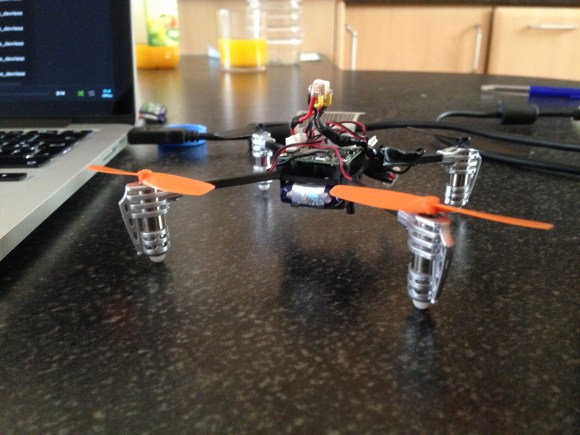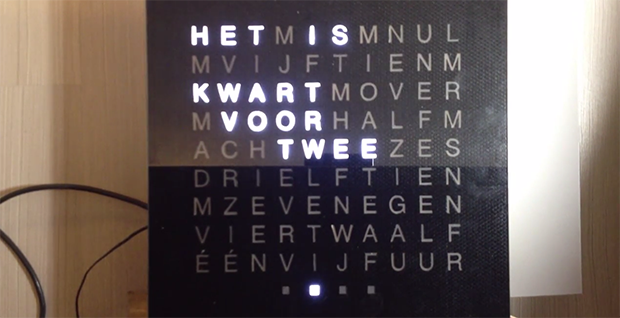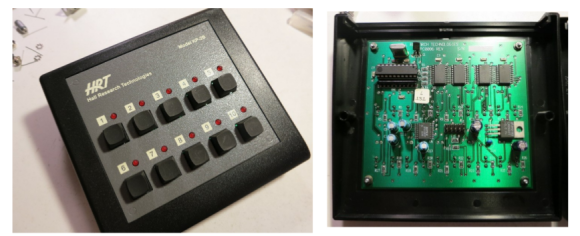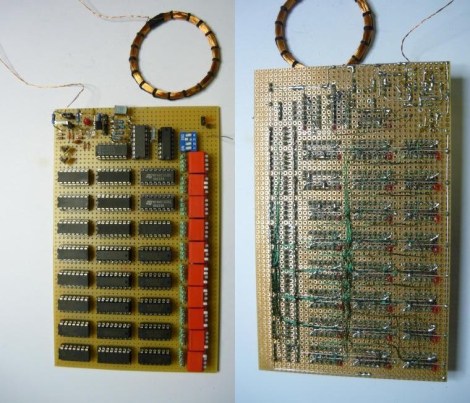[youtube=www.youtube.com/watch?v=Bv9vnZLlHIU]
Remember how we said we’d give away an oscilloscope to a random person on hackaday.io if they have voted on projects for The Hackaday Prize? Last week we tried that and no one won. This week we tried it and no one won. Then, because we’re awesome, we picked another person at random on Hackaday.io. [Rafael] is the winner, with a very nice oscilloscope heading to his doorstep. We’re going to need some contact info, hacker no. 13951, and if anyone has any advice on sending expensive electronics to Brazil, I think we’re going to need it.
We’re doing this again next week, so head on over to hackaday.io and vote. Also, pay no attention to the people who say voting is too hard and complicated and ill planned: they are wrong, and if you suck up enough the Prime Overlord will command that t-shirts and stickers be sent out to you.


















